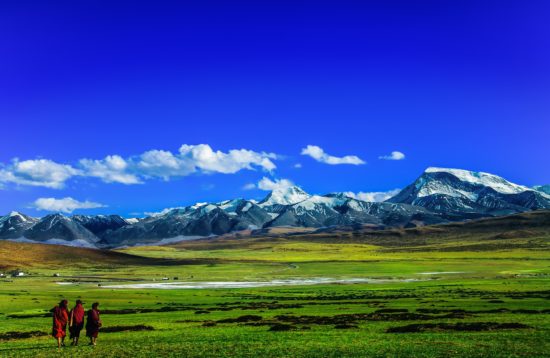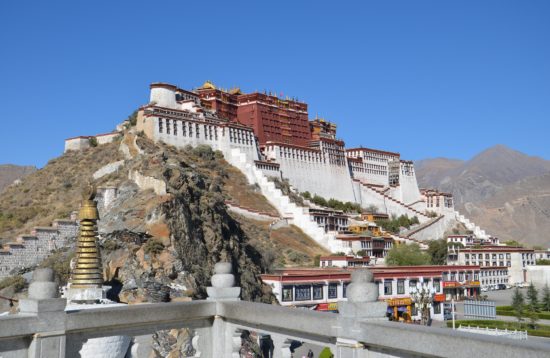Destination Facts
The Tibetan plateau is where Tibet, or the Tibet Autonomous Region of China, is situated. Due to its proximity to other continents, it is frequently referred to as the Roof of the World. With an average elevation of 4,900 meters, it is the highest region on earth.
Tibet is largely uninhabitable due to the desert-like scenery and severe weather, but the indigenous tribesmen have persevered in the same environment for millennia, giving rise to their distinctive culture, way of life, and art. By annexing minor kingdoms, King Songtsen Gampo established the first Tibetan empire in the seventh century.
The Greater Tibet region, which covers an area of 1.228 million km2, is home to historical East Asian cultures as well as diverse natural environments. High towering Himalayan peaks cover the southern landscapes. Most lakes and rivers flow down from Tibet and into South Asian countries. Its attributes make it a special place to visit.
Some of the must-see locations in Tibet are Kailash, Mansarovar, Lhasa, and the North Base Camp of Everest. You can travel and quickly see a few of Tibet's provinces, including Nyalam, Gyantse, Shigatse, and Lhasa, as part of the Tibet overview tour.
Heinrich Harrer, an intrepid travel writer who wrote the travelogue "7 Years in Tibet," conducted the first thorough survey of Tibet. Heinrich disguised himself and entered Lhasa with his acquaintance. Later, he was appointed the 14th Dalai Lama's teacher.




